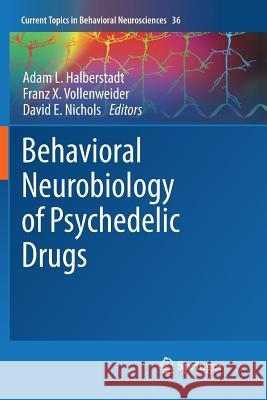Behavioral Neurobiology of Psychedelic Drugs » książka
topmenu
Behavioral Neurobiology of Psychedelic Drugs
ISBN-13: 9783662585634 / Angielski / Miękka / 2019 / 430 str.
Kategorie BISAC:
Wydawca:
Springer
Seria wydawnicza:
Język:
Angielski
ISBN-13:
9783662585634
Rok wydania:
2019
Wydanie:
Softcover Repri
Ilość stron:
430
Waga:
0.61 kg
Wymiary:
23.39 x 15.6 x 2.29
Oprawa:
Miękka
Wolumenów:
01
Dodatkowe informacje:
Wydanie ilustrowane











